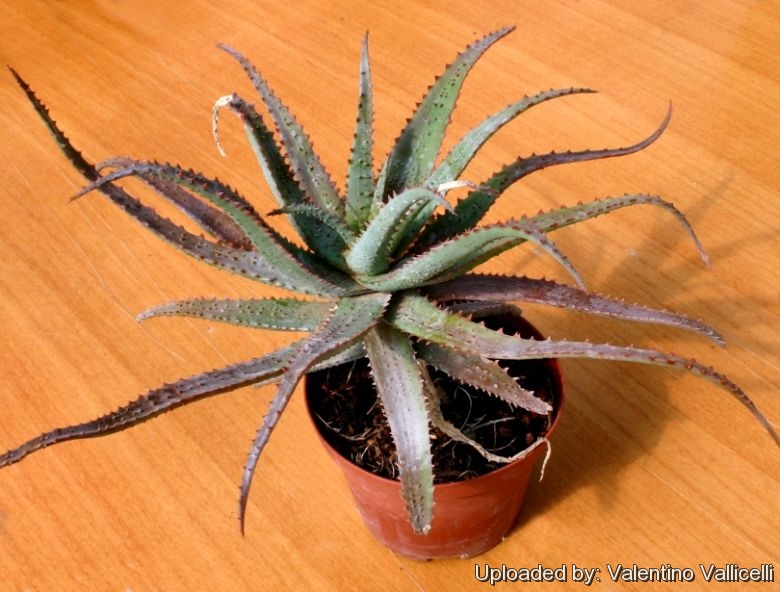
Aloe parvula Photo by: Valentino Vallicelli
It is a miniature small aloe endemic to Madagascar, with very unusual blue coloration that eventually forms a stem.
Origin and Habitat: Aloe parvula is dwarf Aloe of the Itremo Mountains of Central Madagascar ( Mont Amboto-menaloha, west of Betsileo, Mts Analamamy, Mont Amboloandro, south of Betsileo, Mont Ivohibory, west of Ivohibe.)
Habitat and ecology: This species grows in rock cracks, hidden in tufts of grasses and sedges (Cyperaceae).
Synonyms:
See all synonyms of Aloe parvula
back
Accepted name in llifle Database:Aloe parvula A.BergerPflanzenr. (Engler) Liliac.-Asphodel.-Aloin. 172 (1908).Synonymy: 3
back
Description: Aloe parvula (Synonym = A. sempervivoides Perrier) is a thin compact and small growing species. The flowers are coral-red with yellow tips simple and hang loosely from the inflorescence (a 20-30 cm height raceme) usually one at a time, but multiple flowers per season not unusual. Aloe haworthioidesSN|620]] is another endangered species and is also one of the most attractive dwarf Madagascan aloe species along with Aloe haworthioidesSN|620]].
Habit: Succulent rosette, usually solitary or sometimes forming small groups, 10-12 cm in diameter.
Stem: Acaulescent, eventually forming a short stem with age.
Roots: Fusiform.
Leaves: 5 to 24, densely rosulate, triangular- acute, erect, expanded to spreading out, thin or a little thickened, somewhat uneven on both sides, 4-10(-12) cm long, 8-12 mm thick, blackish, dark purply blue to slate grey or pale bluish-grey, flat above, warty and covered with bristle-like hairs, somewhat keeled beneath, with many small, thin but firm, warty prickles 0.5 - 1 mm long, midrib prominent with a single row of bristle-like hairs, gradually narrowing towards the apiculate tip. Marginal teeth 1 - 2 mm long, soft to firm, horny, white, 1-2 mm apart. In cultivation, Aloe parvula retains the blue-violet leaf colour when given plenty of light, otherwise the colour is grey-green when grown in shade.
Inflorescences: Solitary, simple, rarely branched, 20-40 cm high. Raceme 5-7 cm long loose, bearing 10-15 flowers. Flower-stalks 10 cm. long, inclined.
Flowers: Pendent, pedicellate, corolla narrow-cylindrical, 23 mm Long, perianth coral-red at base, apex pale-red, midvein green.
Bibliography: Major references and further lectutres
1) Walters, S.M. “The European Garden Flora, Vol. 1. Pteridophyta; Gymnospermae; Angiospermae — Alismataceae to Iridaceae.” 1986
2) G. F. Scott Elliot “New and little known Madagascar plants” In: Journal of the Linnean Society. Botany 29(197): 60, 1891
3) Susan Carter, John J. Lavranos, Leonard E. Newton, Colin C. Walker “Aloes. The definitive guide.” Kew Publishing, Royal Botanic Gardens, Kew 2011,
4)Urs Eggli “Illustrated Handbook of Succulent Plants: Monocotyledons: Monocotyledons” Springer Science & Business Media, 17 July 2001
5) Fritz, G. P. J. 1982. “Miniature and smaller aloes of Madagascar.” Aloe 19(3): 75–78.
6) Reynolds, G. W. 1958.“Les aloes de Madagascar.” Naturaliste Malgache 10: 1–156.
7) Gilbert Westacott Reynolds “The Aloes of Tropical Africa and Madagascar” Aloes Book Fund, 1966
8) Werner Rauh "Succulent and xerophytic plants of Madagascar" Volume 1 Strawberry Press, 1995
9) Hermann Jacobsen “Abromeitiella to Euphorbia” Blandford Press, 1960
10) Hermann Jacobsen “A Handbook of Succulent Plants: Descriptions, Synonyms, and Cultural Details for Succulents Other Than Cactaceae” Volume 1 Blandford Press, 1960
 Aloe parvula Photo by: Valentino Vallicelli
Aloe parvula Photo by: Valentino Vallicelli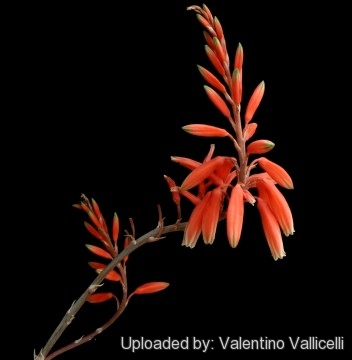 The flowers are coral-red with yellow tips. Photo by: Valentino Vallicelli
The flowers are coral-red with yellow tips. Photo by: Valentino Vallicelli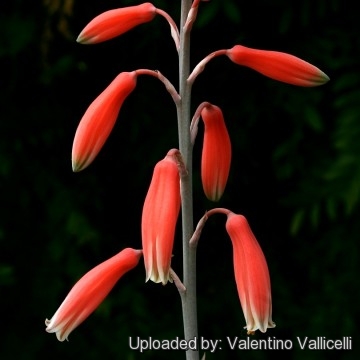 Aloe parvula Photo by: Valentino Vallicelli
Aloe parvula Photo by: Valentino Vallicelli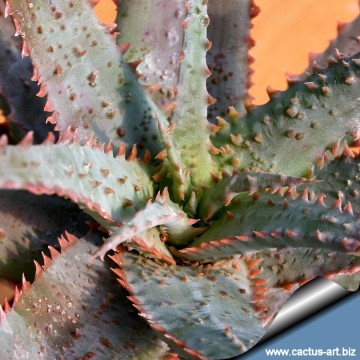 Aloe parvula Photo by: Cactus Art
Aloe parvula Photo by: Cactus Art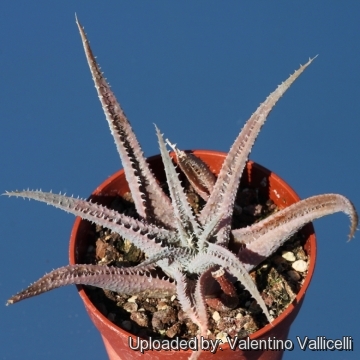 Aloe parvula Photo by: Valentino Vallicelli
Aloe parvula Photo by: Valentino Vallicelli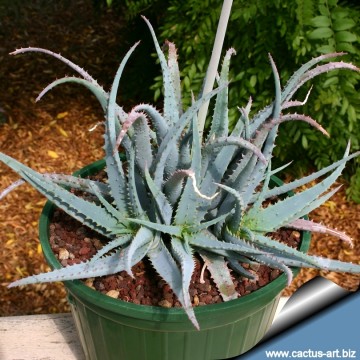 Aloe parvula Photo by: Cactus Art
Aloe parvula Photo by: Cactus Art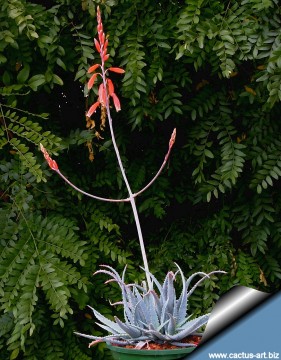 Aloe parvula Photo by: Cactus Art
Aloe parvula Photo by: Cactus Art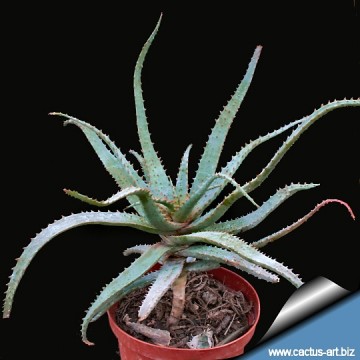 Aloe parvula Photo by: Cactus Art
Aloe parvula Photo by: Cactus ArtCultivation and Propagation: Full sun in general or light shade summer. Its main growing periods are spring and Autumn, This species is dormant in winter. Keep relatively dry, careful watering is required, as it is prone to rot if overwatered, especially in the winter months. Tender, frost protection is required keep it at or around 5°-10°C in winter.
Propagation: Via offsets or seeds.
Your Photos
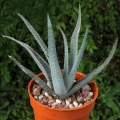
by Valentino Vallicelli




















